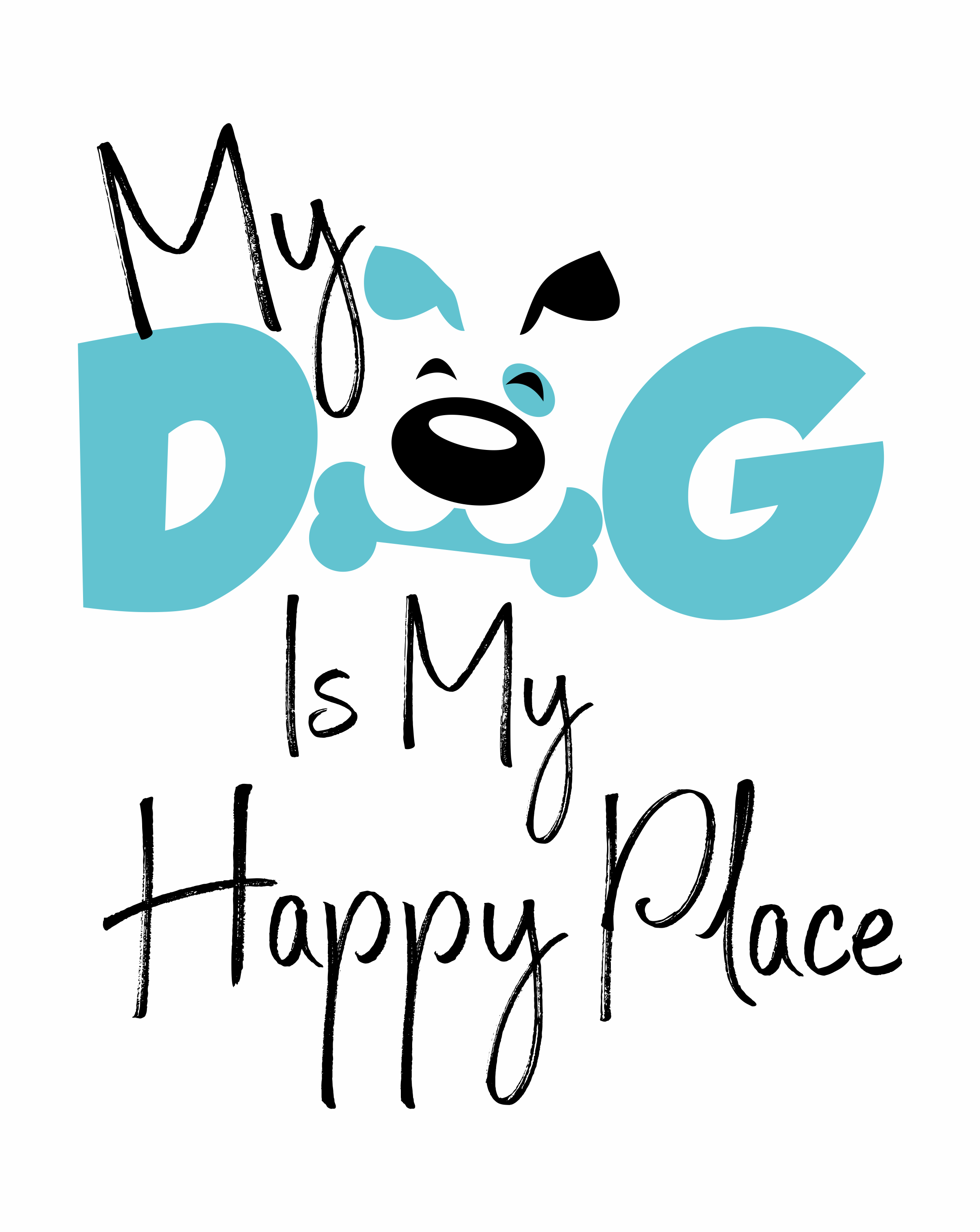Understanding Eye Contact with Fearful Dogs: A Guide for Shelter Volunteers
As dog lovers and volunteers, we understand the importance of creating a bond with shelter dogs to help them find their forever homes. However, interacting with fearful dogs can be challenging, especially when it comes to eye contact. Some dogs may show reluctance or aversion to direct eye contact, even when offered treats or affection. In this article, we will delve into the phenomenon of why this happens, what fearful dogs might be trying to communicate, and how we can best support them during our shelter visits.
Avoiding Eye Contact With A Fearful Dog To Gain Trust
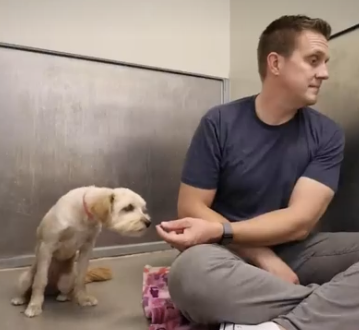
When we approach a fearful dog, direct eye contact can be perceived as a threat or an act of dominance. In the dog world, prolonged eye contact can be considered confrontational behavior, which triggers anxiety and fear responses. For dogs that have had negative past experiences or lack socialization, making eye contact may be particularly uncomfortable. Their survival instincts kick in, prompting them to avoid situations that seem threatening or stressful.
What the Dog is Trying to Tell Us
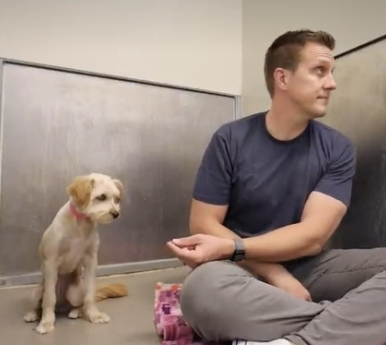
Fearful dogs are trying to communicate their discomfort and vulnerability. When a dog avoids eye contact, it is a clear signal that they are feeling stressed and may not be ready to trust or connect with humans just yet. By looking away and refusing treats, they are indicating their desire for space and a less intimidating interaction.
Understanding the Body Language
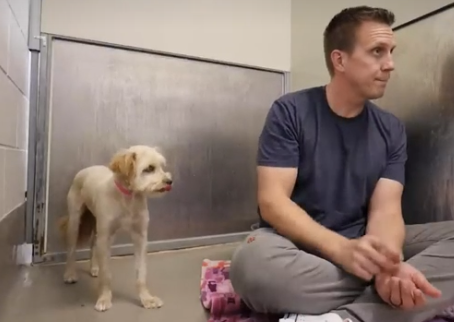
In addition to avoiding eye contact, fearful dogs may display other body language cues that can help us understand their emotions. Some common signs of fear and stress include:
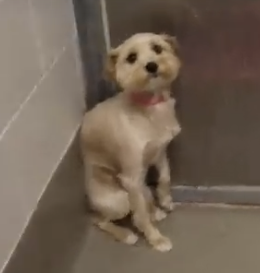
- Cowering or hunching down.
- Tail tucked between the legs.
- Ears pinned back.
- Yawning or lip licking when not tired or after eating.
- Avoiding direct approach or moving away.
- Raised hackles (the fur along the back stands up).
What to Do
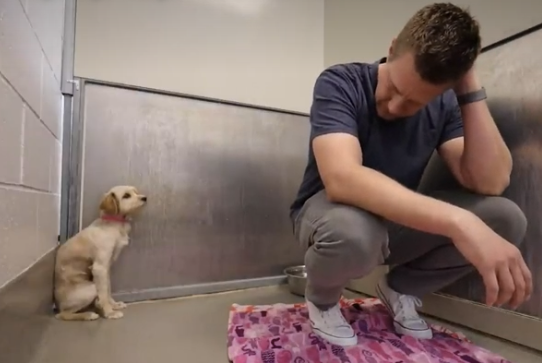
- Respect Personal Space: When encountering a fearful dog, always respect their personal space. Allow them to come to you on their terms, and avoid any sudden or forceful approaches.
- Avoid Direct Eye Contact: As mentioned earlier, avoid prolonged eye contact with the fearful dog. Instead, try to look away and glance at them softly from time to time. This signals that you are not a threat and can ease their anxiety.
- Use Calming Signals: Employ calming signals, such as yawning, blinking slowly, or looking away intermittently. These signals help the dog understand that you are not a threat and may encourage them to relax.
- Patience is Key: Building trust takes time, especially with fearful dogs. Be patient, and understand that it may require multiple visits before the dog starts feeling more comfortable around you.
- Positive Reinforcement: Instead of offering treats directly, try tossing them gently in the dog’s direction, allowing them to approach the treat at their own pace. Positive reinforcement creates positive associations with your presence.
- Let the Dog Initiate: Allow the dog to initiate contact if they feel ready. Extend your hand palm down and let them sniff you if they choose to do so. Avoid reaching over their head, as this can be perceived as threatening.
- Consult Shelter Staff: Don’t hesitate to consult with the shelter staff or experienced dog trainers to get advice on specific approaches for each dog. They may have valuable insights and tips to help you better interact with individual animals.
Building a connection with a fearful dog takes time, empathy, and understanding. By avoiding direct eye contact and employing calming signals, we can create a safe and welcoming environment for them. Respect their boundaries, and allow the dog to set the pace for interactions. With patience and positive reinforcement, we can help fearful dogs gain confidence and increase their chances of finding their forever homes. Remember, every small step counts in helping these lovely animals on their journey towards a brighter future.



